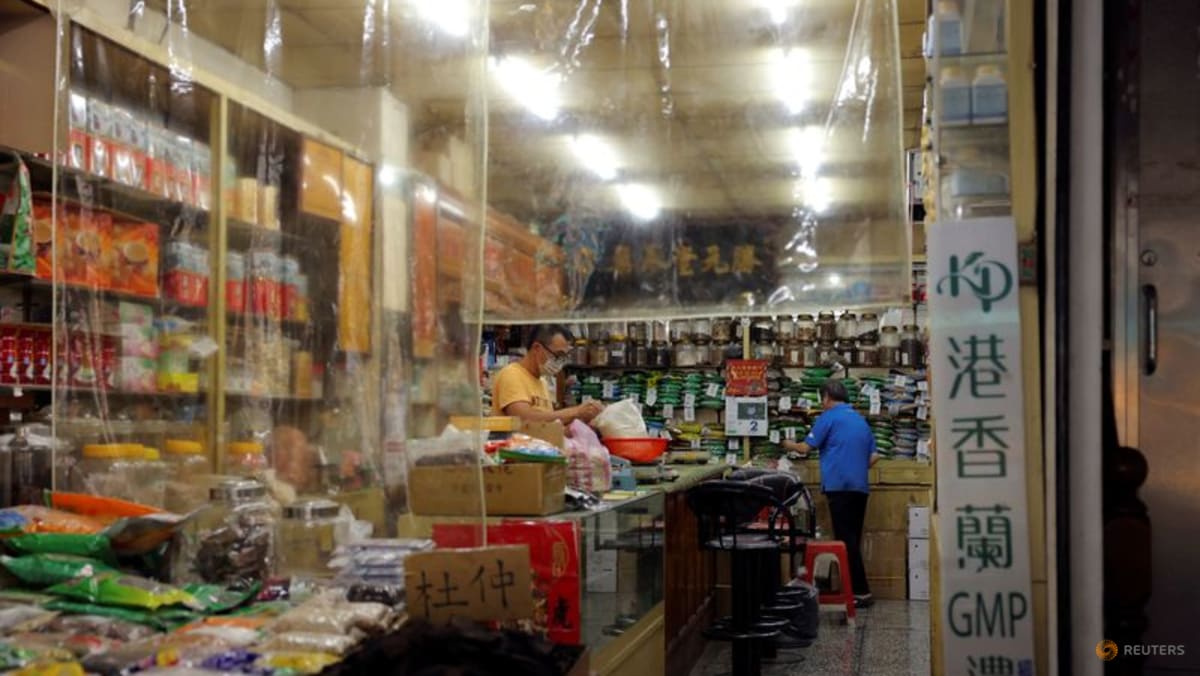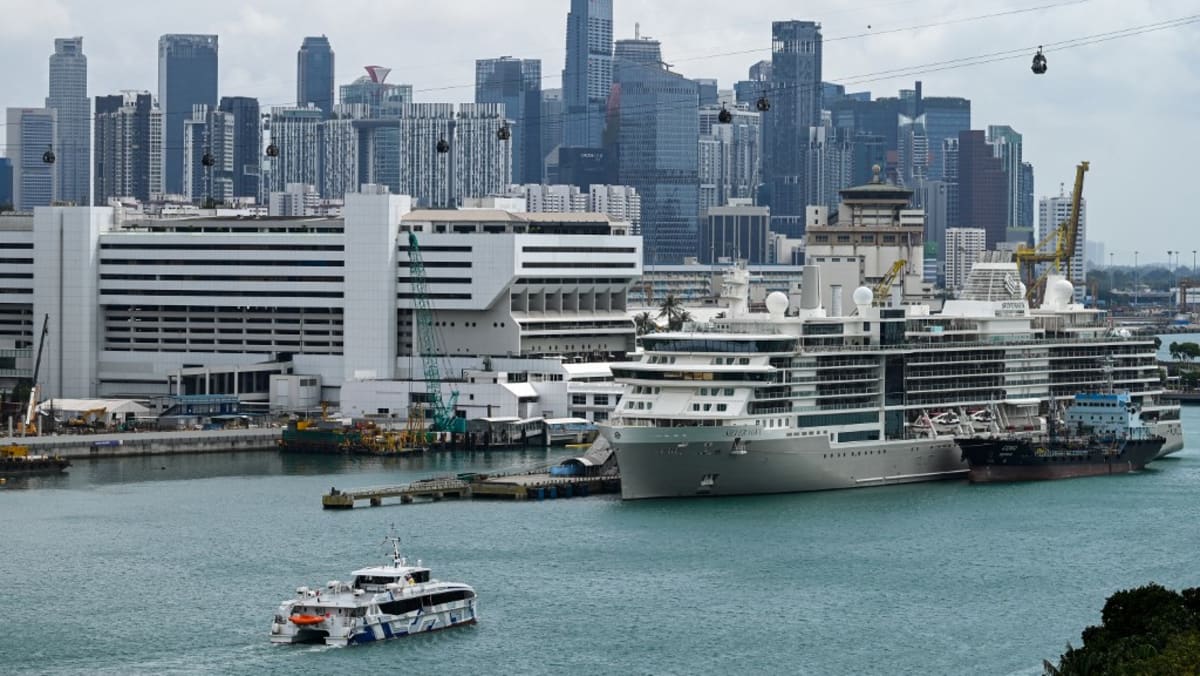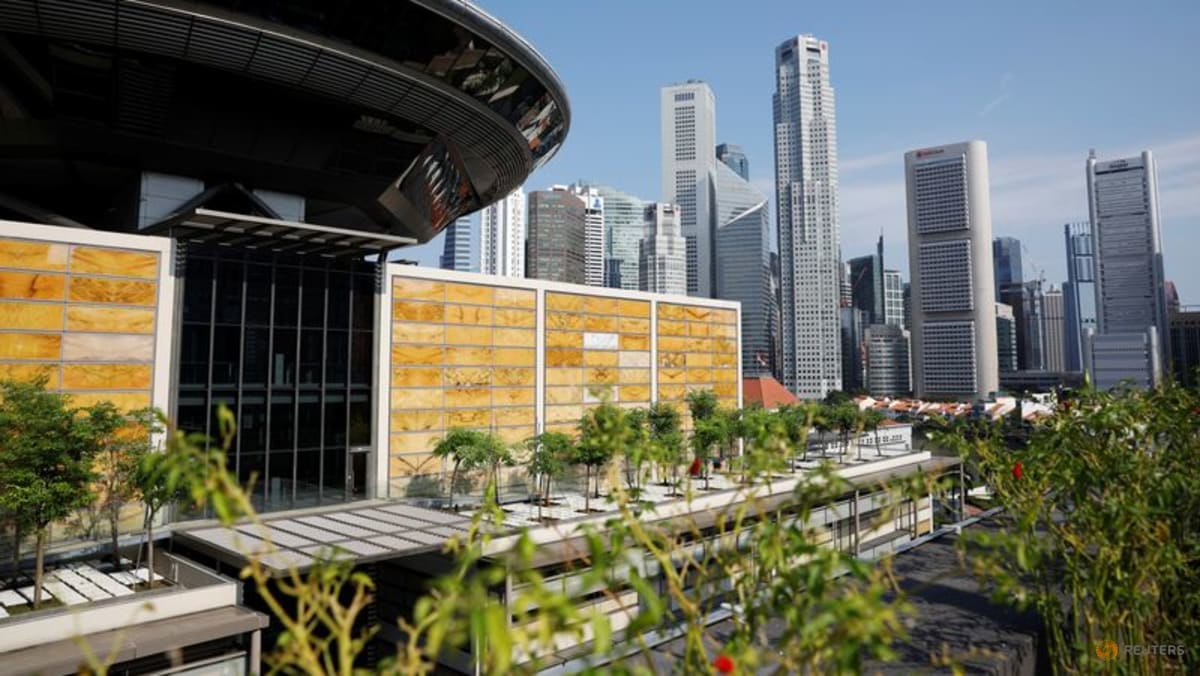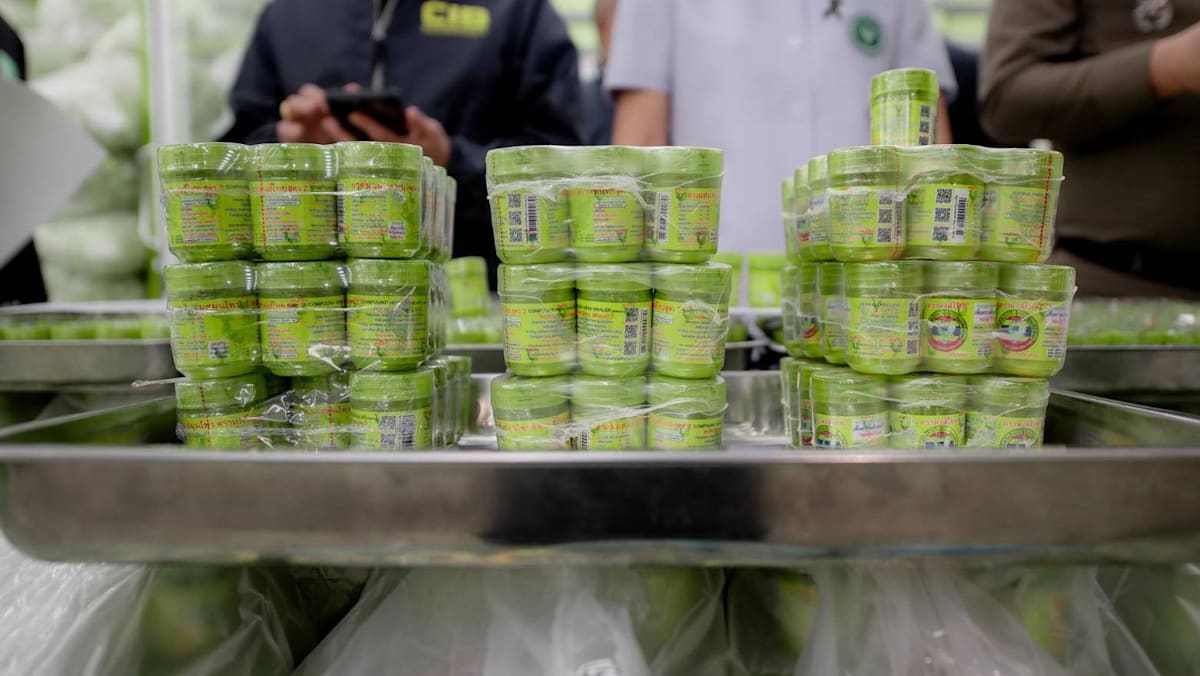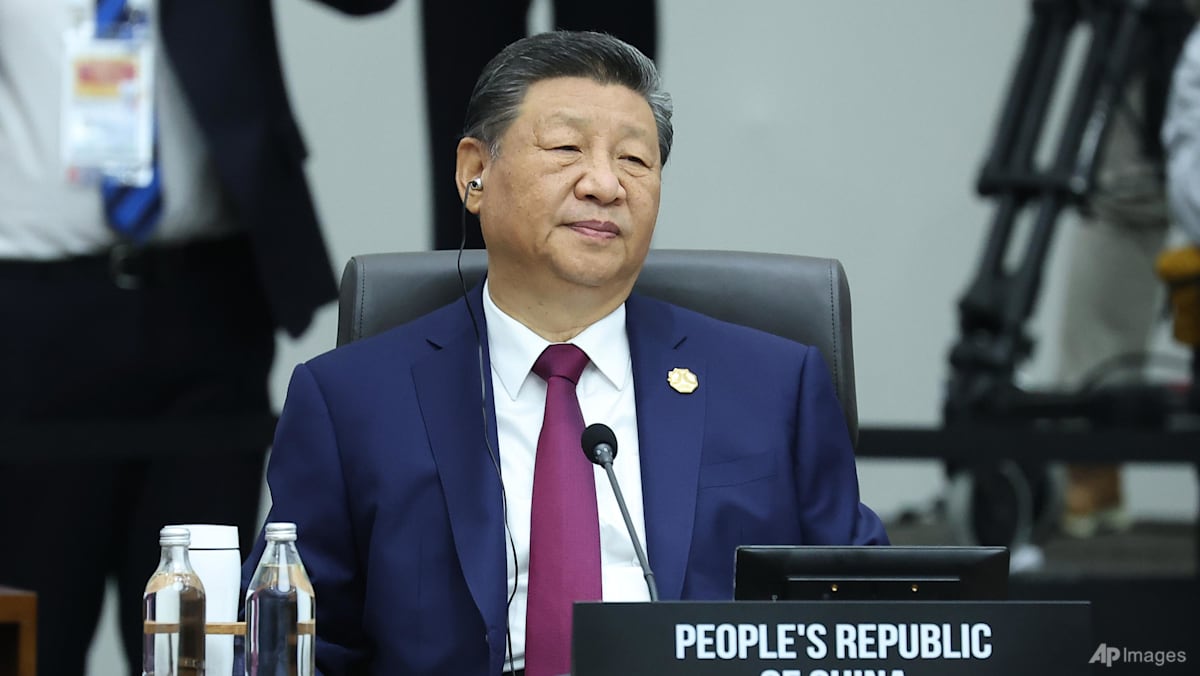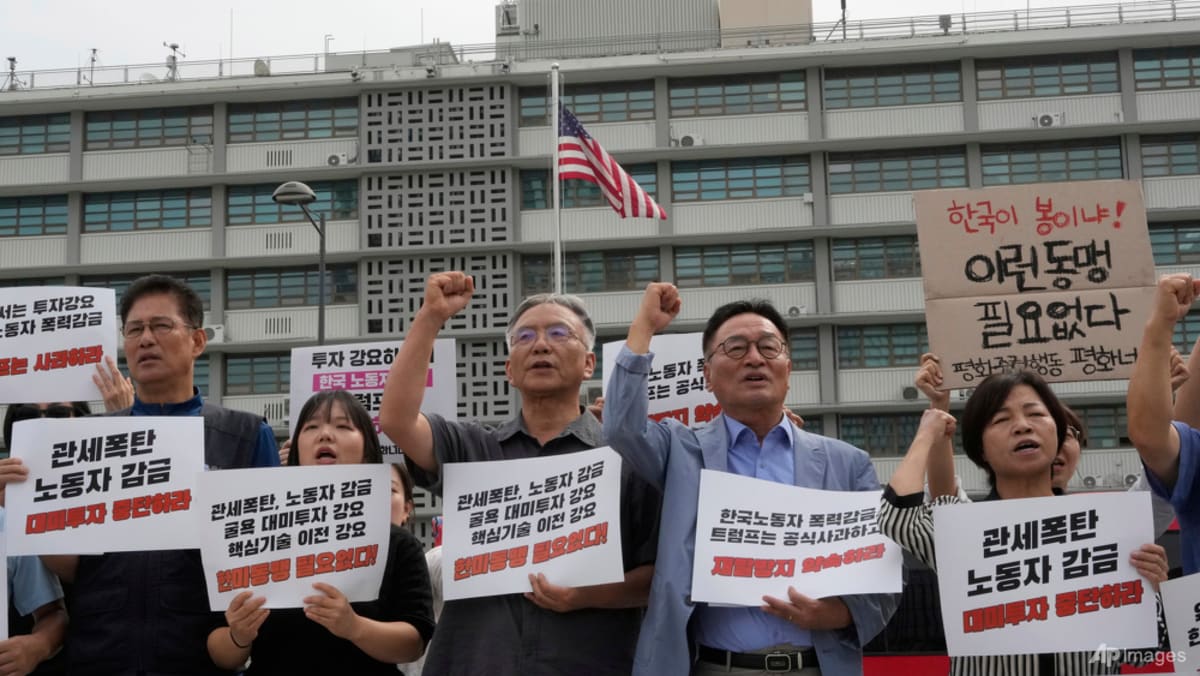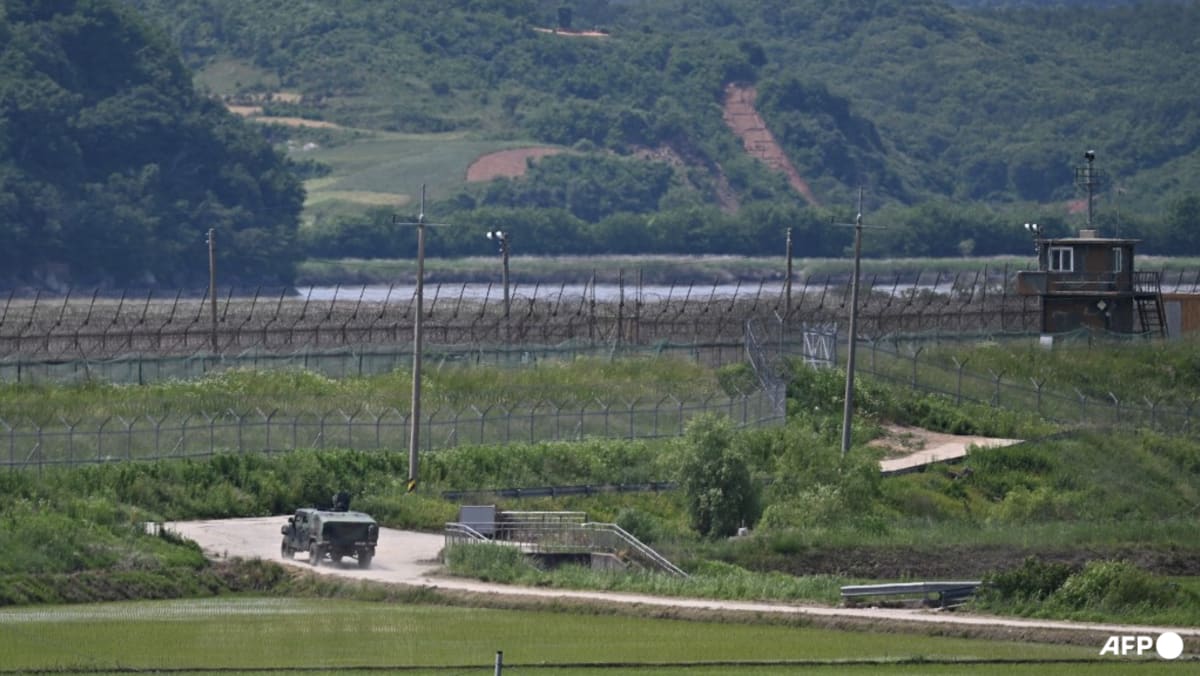SINGAPORE: Singapore's economic growth is expected to weaken in the second half of the year due to global headwinds, after the country reported an unexpectedly strong growth in the first half, the Monetary Authority of Singapore (MAS) said on Wednesday (Jul 30).
That could spill over into domestic oriented sectors such as retail and food and beverage, which have experienced sluggish or negative growth in the first six months of the year, in contrast to the overall economy.
Across the whole of 2025, MAS expects growth to be "more resilient this year than previously envisaged".
Gross domestic product (GDP) growth is expected to be "relatively subdued" for the rest of the year, the central bank said in its latest quarterly macroeconomic review, pointing to weakness in trade-related and modern services sectors.
Domestic sectors are also settling around their pre-pandemic pace, though there is support from a strong pipeline of construction projects.
The front-loading effect is also likely to dissipate, after a sharp increase in re-exports of goods such as personal computers, mobile phones, machinery and equipment headed for the US.
Re-exports of intermediate electronic goods such as integrated circuits also sharply increased in the second quarter.
Front-loading occurs when businesses choose to place orders or carry out transactions in advance.
The 90-day pause on US reciprocal tariffs led to foreign businesses bringing forward some orders, resulting in more goods being shipped to the US ahead of the deadline. Some "payback" is expected to be felt in the second half of the year.
"Nevertheless, the stronger-than-expected outturn in the first half of 2025 implies that GDP growth could be more resilient this year than previously envisaged in the April 2025 Review," said MAS.
The central bank kept monetary policy unchanged on Wednesday morning, noting that global economic growth has been more resilient than expected. It said it is in "an appropriate position to respond to risks to medium-term price stability".
US tariffs on Singapore's trading partners are likely to be higher than the universal 10 per cent baseline rate after Aug 1. That would affect Singapore indirectly through its intermediate goods and services exports to these countries, said MAS.
MAS' report on Wednesday came after Deputy Prime Minister Gan Kim Yong gave an update on the trade negotiations between US and Singapore on Tuesday.
Mr Gan found that the US officials were not inclined to discuss any potential discounts to the 10 per cent tariff during his trip to New York and Washington, DC, and were also non-committal on whether the baseline tariff will remain at 10 per cent.
"UNLIKE PREVIOUS DOWNTURNS"
However, economic uncertainty remains and the impact on growth could be different from previous downturns, noted MAS.
Compared with past downturns, in which economic output falls off sharply and rebounds decisively, MAS said companies are wary of the longer-term impact of tariffs and other barriers.
As such, they may put plans on hold and only make incremental adjustments to production and investment decisions.
"Consequently, business expenditure might decline gradually, extending the drag on gross fixed capital formation and hence GDP growth over a more prolonged period," MAS said.
On the domestic front, the central bank noted that a broader economic slowdown could weigh on domestic consumption, adding to the woes of retail and F&B sectors. These sectors had experienced full-year contractions in 2024 and did not grow in tandem with the rest of the economy in the first half of 2025.
MAS attributed this to structural factors which have resulted in "challenging business conditions", including a "higher cost structure and market saturation amid intensifying competition and evolving consumer preferences".
Nevertheless, the economic slowdown's effect on domestic consumption could be "counterbalanced" to some extent by healthy household balance sheets and government support measures, said the central bank.
One bright spot could be the financial sector, as investors' search for better returns could provide upside to growth for such companies.
The central bank noted that financial markets have largely recouped the losses of early April amid news of trade negotiations.
Some retail investors benefited from the recovery, and institutional investors have increased their net risk exposures, while considering diversifying their portfolios.
"As such, market trading activity could pick up and provide some support to growth through net fees and commissions of banks, fund managers, forex, and security dealers," said MAS.
But the overall uncertainty could lead to labour demand softening in the second half of the year, the report added. Employers should be able to absorb slower growth by limiting new hiring and adjusting wages, rather than by reducing existing headcount.
"The financial resilience of firms suggests that they are better positioned to retain workers, leading to a lower likelihood of significant job displacements."
If the growth slowdown is deeper and more protracted than expected, however, there may be an impact on employment.
"Barring a sharp economic downturn, firms are likely to keep labour costs in check this year by capping wage increments and reducing variable wage components in the first instance instead of shrinking their workforce," said MAS.
INFLATION UNCHANGED
MAS said the impact of increases in water prices and health insurance premiums was offset by easing inflation in most other categories.
Core inflation, which excludes accommodation and private transport costs, averaged 0.6 per cent year-on-year in the second quarter, unchanged from the previous quarter.
"Soft consumer demand domestically is likely curtailing the passthrough of higher costs to consumer prices as well," the central bank said.
Retail sales volumes excluding motor vehicles have been falling since March, and overall food and beverage service sales volumes have remained significantly below pre-pandemic levels.
Price declines intensified for goods including clothing, footwear, and information and communication technology equipment. Inflation for recreational services eased and turned more negative for travel-related services.
Looking ahead, global oil prices should be lower than in 2024 on average, and international food commodity prices are expected to rise at a modest pace. Imported disinflationary pressures also appear to be broadening, in part because of the weakening US dollar.
In Singapore, softening wage growth could keep retail and discretionary services inflation moderate. Inflation is expected to average 0.5 per cent to 1.5 per cent this year, then edge up and move toward its historical average in 2026.
Upside risks include increases in global oil prices and transportation disruptions due to geopolitical shocks. "In the longer term, higher tariffs and trade frictions could incentivise a reconfiguration of global supply chains into less efficient and thus costlier arrangements."
On the downside, inflation could be weaker than expected if global and domestic growth deteriorates sharply.



